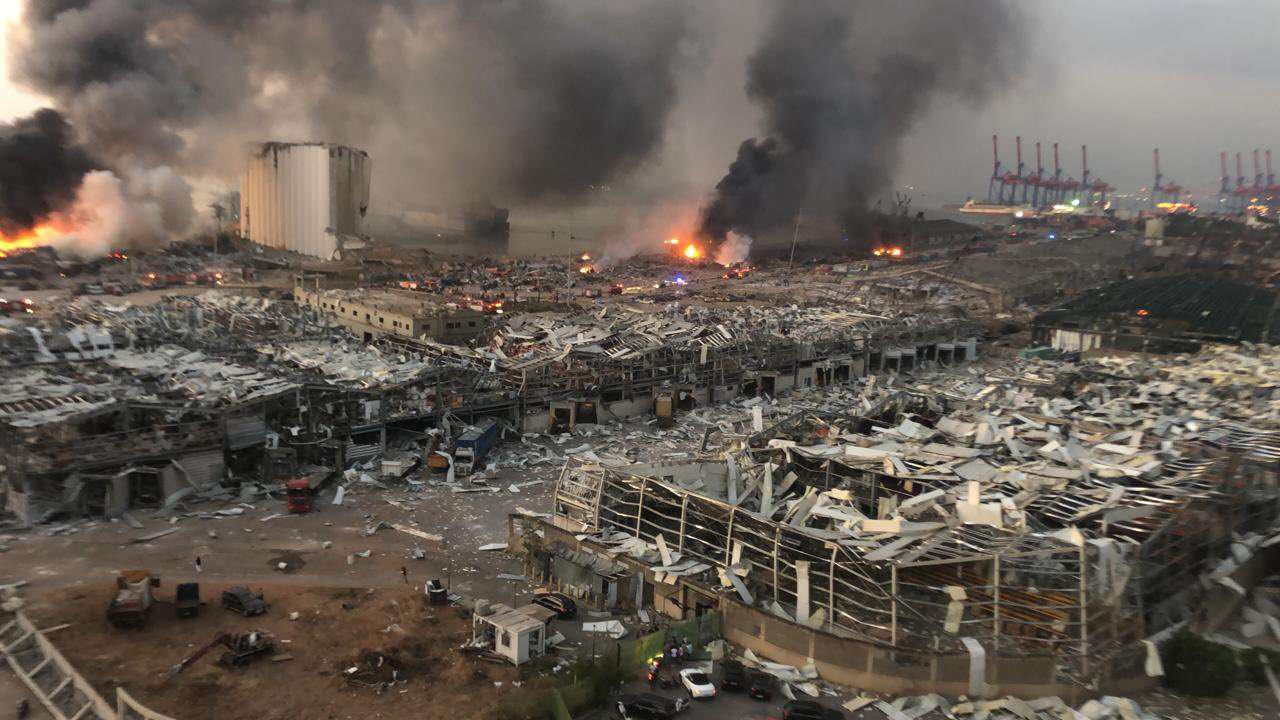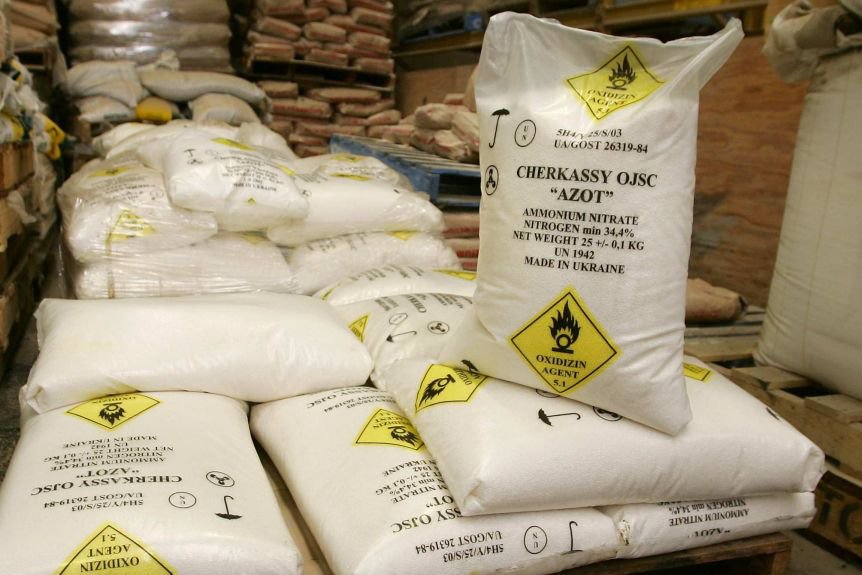Hassan Diab, the PM of Lebanon, stated that the massive explosion was supposedly caused by 2,750 tons of ammonium nitrate that was stored in a warehouse.
This 2020 has brought us only terrible things and is continuing. 🙏🏼💔 #Beirut #BeirutBlast #Lebanon #LebanonExplosion#PrayForLebanon #prayforbeirutpic.twitter.com/n1gjobfh41
— Praveen Kumar (@PraveenBEcivil) August 5, 2020
This blast sheds light on the deadly potential of this common agricultural chemical. So, lets understand what ammonium nitrate is and how deadly this chemical can be if preventive measures are not taken.

1. What is ammonium nitrate?
Ammonium nitrate is a industrial chemical that is mainly used for fertiliser as it is a good source of nitrogen for plants. This chemical is relatively stable under most conditions and is inexpensive to manufacture, making it a popular alternative to other, more expensive nitrogen sources.

This chemical only ignites under the right circumstances, and these are difficult to achieve. You need extreme circumstances to set off an explosion.
You see, Ammonium nitrate is an oxidiser, drawing oxygen to a fire, therefore making it much more volatile and intense. This is one of the major reasons why most countries have regulations to control its storage to make sure it is safe.
So, what makes ammonium nitrate explosive?
#Beirut
— Imran Inamdar (@immiee) August 5, 2020
Future history books will need one chapter just for year
2020
alone.#Beirut #BeirutBlast pic.twitter.com/Dx6YeERX2r
When it heats up, the chemical fuses together, creating a seal or plug. As the space behind the plug continues to heat, the gases get trapped and have nowhere to go.
hmm moots, can we stop for a moment and let’s pray for lebanon? 🙏 this is heartbreaking, 2020 the worst year 💔#PrayForLebanon pic.twitter.com/yaV7c4H4i6
— trix (@oncetrix) August 5, 2020
This creates extreme pressure and the gas eventually breaks through the seal and the force of that triggers an explosion.
Da Silva thinks this is exactly what has happened in Beirut. He says:
While the chemicals in the air should dissipate fairly quickly, lingering pollutants can cause problems later, for example if they acidify rain. If you look at the smoke that came from the blast it’s this kind of blood red colour . That’s because of the nitrogen oxide air pollutants in it.
Speaking about the incident Prime Minister Hassan Diab said:
It is unacceptable that a shipment of 2,750 tonnes of ammonium nitrate has been present for six years in a warehouse, without taking preventive measures.

















